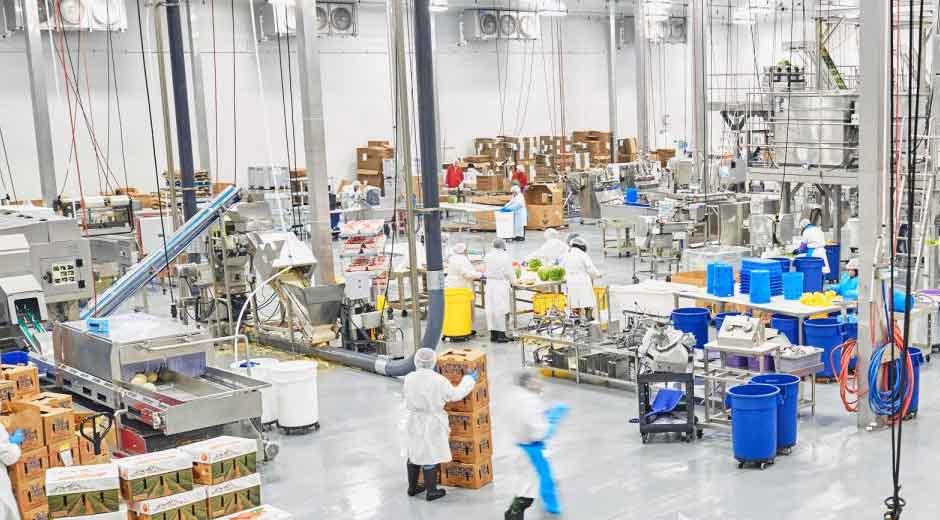Walk into any modern food plant and you might feel like you’ve landed in the control room of a spaceship: conveyor belts hum, stainless steel gleams, and there’s the constant rhythmic thump of machines doing their thing. Whether you’re just curious or stepping into the business, there’s so much more to food and beverage processing than meets the eye. And yeah, it’s not just about turning raw potatoes into chips (though that’s a beautiful thing).
Let’s break down the stuff you actually need to know—no scientific jargon, just straight talk, and hopefully a gem or two that sticks.
It Starts With Cleanliness (No One Likes Mystery Crunch)
Honestly, if you take nothing else away, remember this: cleanliness is king. Mess up here and you risk everything, from failed health inspections to angry customers posting pictures of “surprises” in their groceries. Good food plants don’t just hose down floors; they have cleaning checklists for everything, from air vents to machine gaskets.
The FDA has some straightforward guidance for food manufacturers on keeping things clean and safe. They’re worth a look if you’re serious about standards and not just winging it.
Equipment: The Unsung Heroes (and the Occasional Headache)
Let’s talk about the gadgets and gear. Everything, from mixers and blenders to those monster ovens you could probably camp in, has to work smoothly. If even one conveyor belt jams, suddenly you’ve got a line of upset workers, wasted product, and—if you’re really unlucky—ruined batches. Don’t skimp on preventive maintenance. If possible, make friends with the grumpiest but most experienced mechanic in the building. Trust me, they’re worth their weight in gold.
A lot of specialty equipment goes into food processing too. Ever heard of a high pressure booster compressor? These things boost air or gases to the kind of pressure regular systems can’t hit. Places use them to power pneumatic tools, clean packaging, or even put bubbles in beverages.
Quality Checks—Don’t Treat Them Like Nagging
Testing and logging every little thing might seem overkill, but even small slip-ups can mean recalls, which are scary—and expensive. A good system for tracking batches, temperatures, and ingredient lots helps solve problems before they spiral. Plus, this makes audits way less stressful (which we love). Organizations like Food Safety Magazine have treasure troves of info on doing quality right, so don’t be shy poking around their articles.
Regulations: The Fun Police (But for a Good Reason)
Everybody rolls their eyes at paperwork, but the rules are there to keep folks safe. Labeling, traceability, and allergen controls all matter. Licensing and audit prep aren’t glamorous, but these details build trust and keep you in business. If this stuff ever feels murky (and it will), leaning on industry guides or calling a pro is actually smart—not something to feel bad about.
A Quick Recap
Basically, food and beverage processing is a dance between hygiene, smooth-running machines, quality control, and following the rules. Each piece matters more than you think, and skipping any step can trip you up big time. Ask questions, double-check, and don’t be afraid to get your hands a little dirty (or clean, in this case).
Whether you’re planning on launching the next snack craze or just want to know what’s behind your favorite soda, the better you understand these nuts and bolts, the smoother things go—not to mention safer, tastier, and a whole lot less stressful for everyone.










